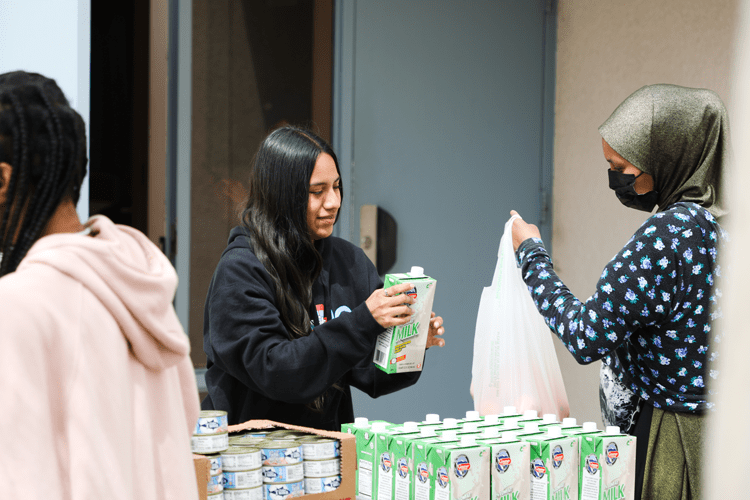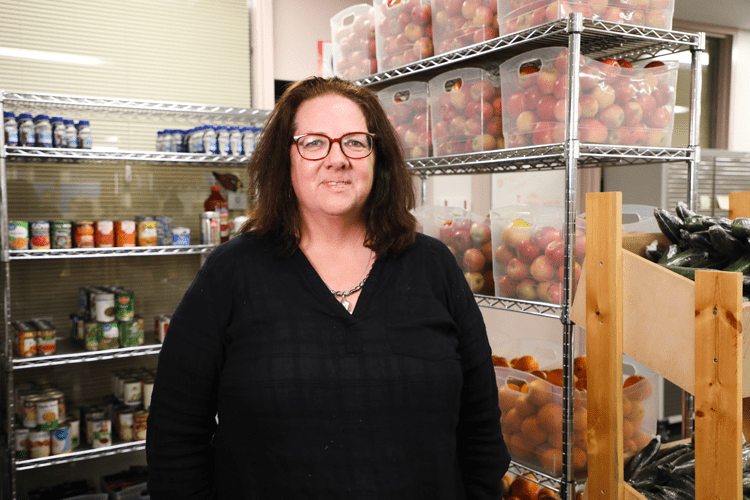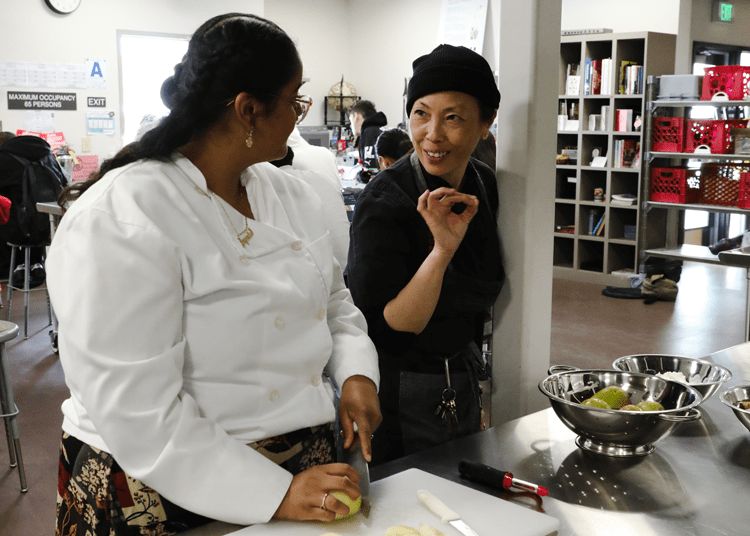Back to School Feature: How a Local High School is Normalizing Food Assistance on Campus
As San Diego County kids head back to school this month, it’s important to remember that school is about more than just learning inside the classroom. Students need resources outside of the classroom to be able to focus and learn when they’re on campus. Feeding San Diego’s School Pantry Program is the answer to this for many schools across San Diego County. Educators know that hunger affects students’ ability to learn. By operating no-cost food distributions directly on campus in partnership with Feeding San Diego, schools can take an active role in the well-being of students and their families.
We recently visited Hoover High School, a San Diego Unified Community School in City Heights. We learned more about the different ways they are incorporating food assistance into campus life. Their creativity is helping to provide much-needed resources and destigmatize hunger-relief programs for high schoolers attending the school.
A Hoover High student distributing food at the school pantry
Identifying the Problem
“Last year, I opened one of my cupboards, and I have snacks in there. One of my students said ‘Can I take popcorn home for the weekend?’ and I said ‘Ok, you’ve got to give me a good reason’ and she said ‘Because sometimes I don’t have enough food on the weekends. So I said ok,” shared Elizabeth Lonnecker, a teacher at Hoover High School.
Elizabeth Lonnecker
After this interaction, Elizabeth reached out to her friend Patty O’Connor. Patty is Feeding San Diego’s chief supply chain officer. She immediately went to work getting Hoover onboarded as a school pantry partner of Feeding San Diego. Within a few months, Feeding San Diego was delivering pantry staples and fresh produce to the high school at no cost to them. This was made possible by Hoover staff. In particular, Ms. Lonnecker and Richard Gijon, a community school coordinator at Hoover. Gijon’s job is to find gaps in what students need and what they have access to and fill them in with resources. That’s exactly what the school pantry program is meant to do.
Introducing The Hoover Market
“I polled the 50 top students with the most absences in the school. Part of the reason they weren’t coming to school is they all had part-time jobs. They were bringing money home to support with food, rent, other necessities,” said Gijon. So what could I do to help take off that pressure? Well, how could we get a food pantry started? That’s when I heard what Ms. Lonnecker was trying to do and we came together.”
Richard Gijon
With the food that Feeding San Diego provides to them, the school got to work to create resourceful ways to integrate the new resource into the lives of students. First up was the Hoover Market. The market is a food pantry located in the library that’s open to all students. There is also a food distribution open to all students and City Heights residents twice a month. Students earn community service hours by working at the market to distribute food. Teachers started to let kids out early to get to the food distribution. This helped normalize attendance and destigmatize accessing free resources.
Beyond the Market
In addition the the Hoover Market, the staff also set up classroom pantries so kids can have access to healthy snacks at any time. Students with special needs stock the in-classroom pantries as a way to teach them life skills that can help them when looking for a job after graduation. The food is also used in the culinary arts classroom to teach kids about ingredients they might not be used to seeing at home.
“We’re creating recipes around some of these ingredients that they’re maybe not familiar with, like brussel sprouts,” said Tina Luu, a teacher at Hoover High School.
Tina Luu teaches a student how to chop vegetables
The Dangers of Childhood Hunger
According to Feeding America, kids who don’t get enough to eat — especially during their first three years — begin life at a serious disadvantage. Children facing hunger are more likely to be hospitalized. They also face higher risks of health conditions like anemia and asthma. As they grow up, kids who miss meals are more likely to have problems in school and other social situations.
Feeding San Diego currently has 47 school pantry sites, serving over 9,000 households every month. This program provides more than 1.4 million meals annually. But there is more work to be done. There are ten schools currently on a waiting list for the School Pantry Program. Local schools need partners like Feeding San Diego to help them meet the needs of their students and families.
You Can Help
Feeding San Diego wants to expand its School Pantry Program while keeping its existing partner schools operating. Recurring monthly donations help our non-profit plan ahead. This month, thanks to our friends at Innovative Industrial Properties, all new monthly donors can have their donations matched for the first three months up to $10,000. Become a Feed 365 member today and help support kids and families in need of food assistance this back-to-school season and year-round.
Learn more about how Hoover High supports its students:












